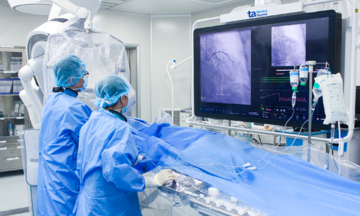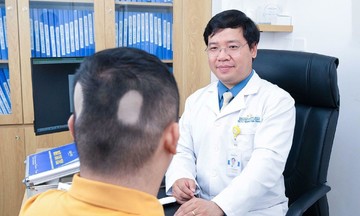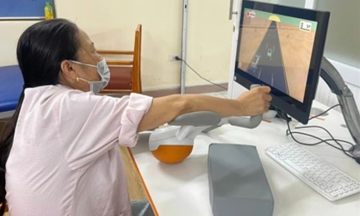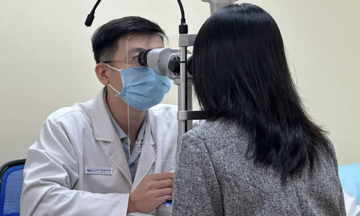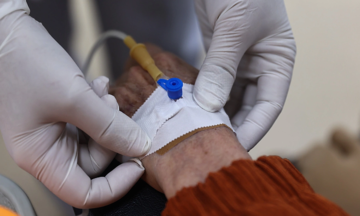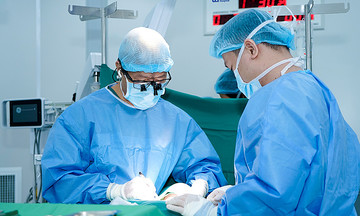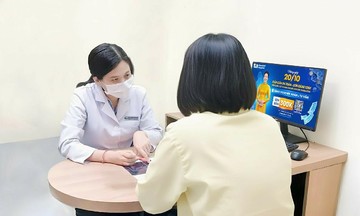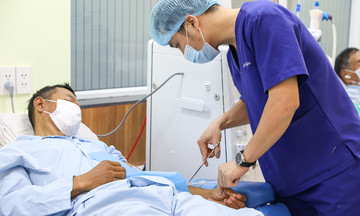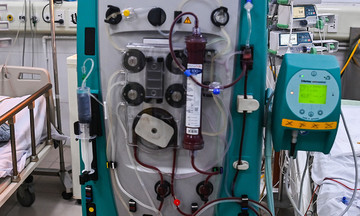Upon her visit to Tam Anh General Hospital in Hanoi, Lan weighed 86.5 kg, stood 1.55 m tall, and had a BMI of 36 (categorized as severely obese). According to Dr. Le Thanh Huyen, Department of Internal Medicine at Tam Anh General Hospital in Hanoi, being overweight or obese increases abdominal pressure, hindering blood flow from the legs back to the heart. This blood pooling increases pressure in the lower extremity veins, weakening the venous valves over time and leading to the progression of varicose veins. Visceral fat also stimulates the release of cytokines, which cause chronic inflammation, damaging the endothelium and reducing the strength and elasticity of blood vessel walls. In older adults, lack of physical activity weakens leg muscles.
"Treating venous insufficiency in obese patients requires alleviating symptoms while managing obesity," Dr. Huyen explained, prescribing injectable weight-loss medication. A cardiologist prescribed medication for varicose veins and medical compression stockings to support blood circulation. A nutrition plan was created to reduce overall caloric intake while ensuring sufficient nutrients, especially protein, to minimize muscle loss.
An exercise specialist recommended short walks (10-15 minutes several times a day), stationary cycling, and elevating her legs while resting or sleeping to reduce venous pressure. She was also advised to perform light resistance exercises at home to maintain muscle mass.
After over two months of treatment, Lan's weight decreased to 78 kg (a 9.8% reduction in body weight), and her visceral fat reduced by 30 cm2. Her varicose vein symptoms also improved, making walking easier.
Mai Anh
*The patient's name has been changed.
| Readers can submit questions about endocrine diseases here for doctors to answer. |



